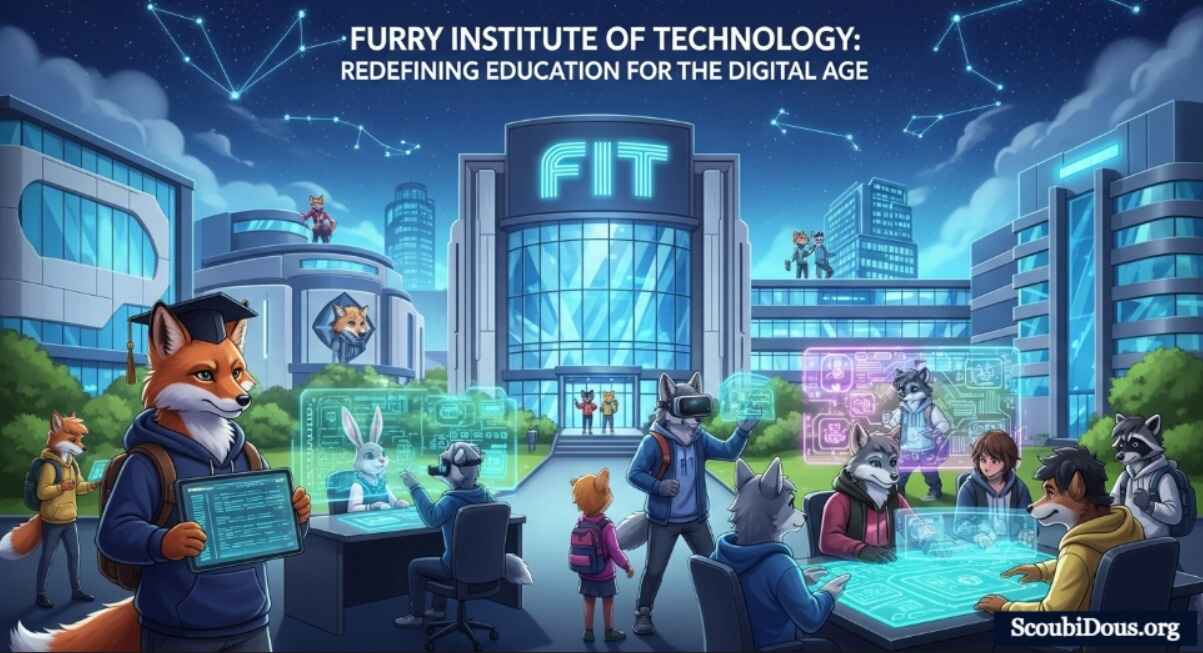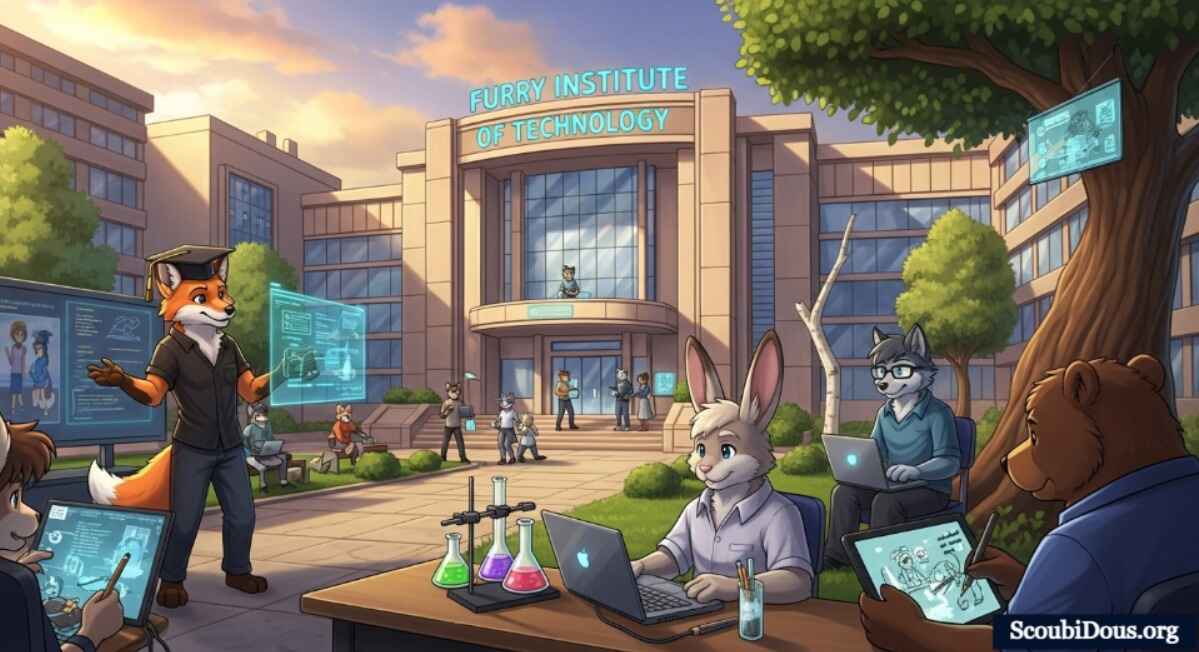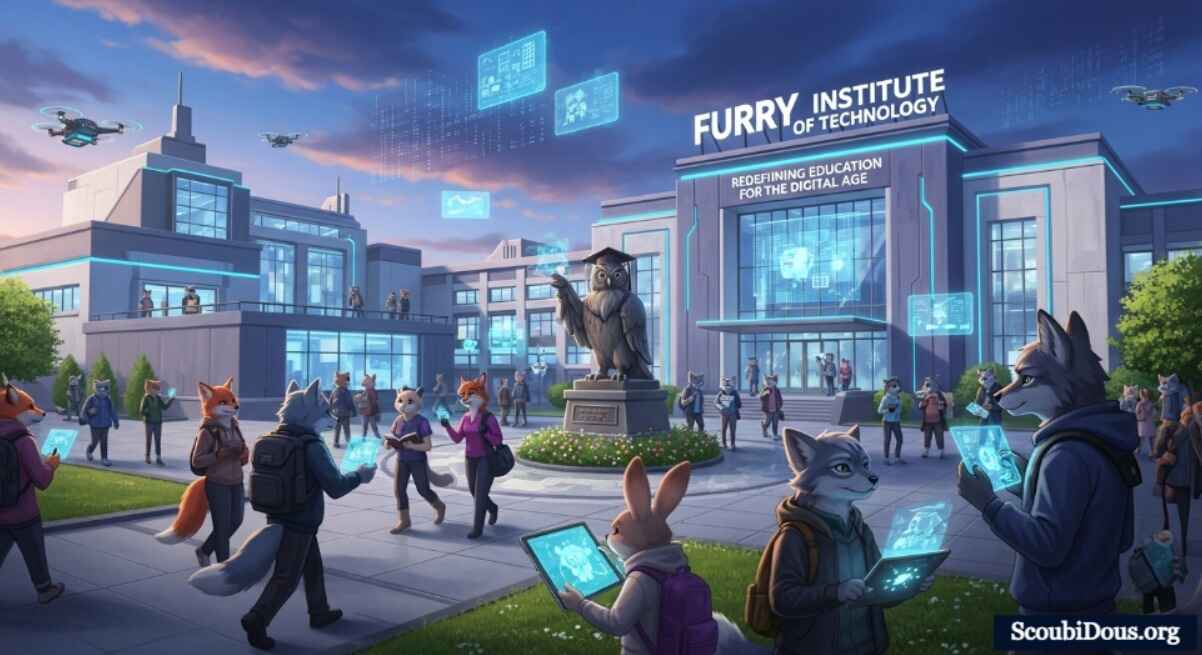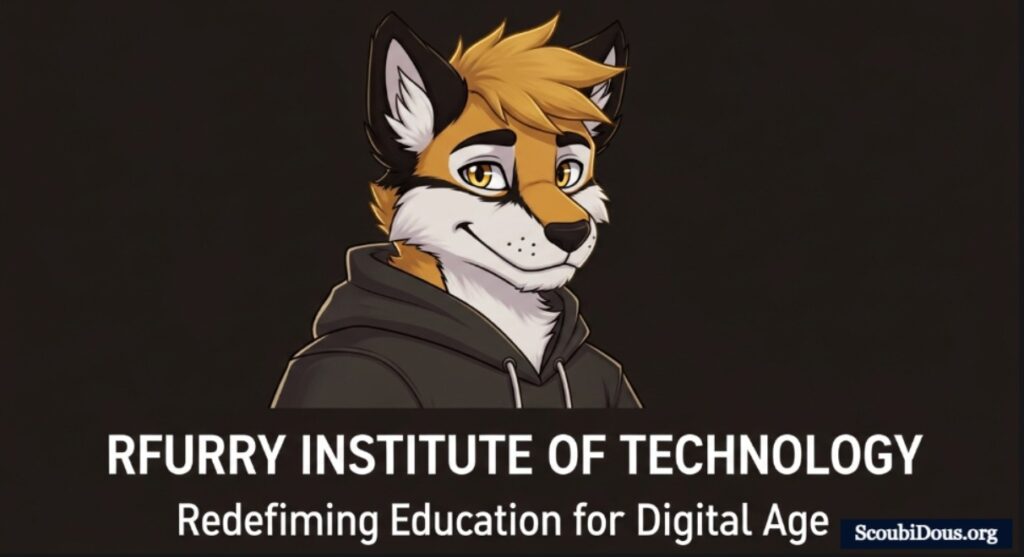Introduction
Education in the modern world is constantly evolving. Institutions are now blending technology, creativity, and specialized areas of interest to cater to diverse communities. One such unique concept is the Furry Institute of Technology (FIT), a fictional yet thought-provoking model often discussed in academic and cultural circles.
While it may sound whimsical at first, the idea behind FIT symbolizes innovation, inclusivity, and the merging of technology with niche communities.
In this guide, we will explore the Furry Institute of Technology, its origins, cultural relevance, academic possibilities, and what it represents for education in the digital age.
What is the Furry Institute of Technology?

The Furry Institute of Technology is often described as a conceptual educational institution designed around the furry community and its integration with technology. Unlike traditional universities, FIT is imagined as a place where creativity, identity, and modern science converge.
- Furry Community Focus: A subculture where individuals express themselves through anthropomorphic animal characters.
- Technological Integration: Use of AI, VR, robotics, and design to create immersive experiences.
- Academic Potential: A blend of art, computer science, engineering, and social sciences tailored to unique identities.
Essentially, the FIT is both a cultural idea and a potential academic model for the future.
The Origins and Cultural Relevance of the Furry Institute of Technology
The concept of FIT originated from the growing presence of furry fandom in online spaces and the increasing recognition of niche communities in mainstream culture. Education systems worldwide are moving toward inclusivity, and the Furry Institute of Technology represents:
- A safe learning environment for self-expression.
- A hub of technological creativity—digital art, animation, game design, and VR development.
- A cultural movement that merges entertainment, psychology, and innovation.
This imagined institute highlights how specialized communities can inspire new models of learning.
Academic Programs at the Furry Institute of Technology
If the FIT were a real-world institution, its academic structure would reflect both technology and culture. Possible programs include:
1. Digital Arts and Animation
- Character design and furry art studies
- 2D and 3D animation
- Graphic storytelling
2. Virtual Reality & Game Design
- Immersive world-building
- VR furry avatars
- Cross-platform furry-themed games
3. Robotics & Engineering
- Robotics with anthropomorphic design
- Wearable tech for cosplay
- Human-animal interaction simulations
4. Social Sciences & Psychology
- Identity expression through anthropomorphism
- Furry community studies
- Inclusive education and diversity research
5. Entrepreneurship and Digital Economy
- Online furry markets
- NFT and blockchain art
- Small business management for furry creators
Why the Furry Institute of Technology Matters
The Furry Institute of Technology may be fictional, but it represents an important shift in modern education:
- Inclusivity: Catering to niche subcultures shows the growing importance of personalized learning.
- Creativity and Innovation: Combining culture with science leads to new inventions and ideas.
- Digital Transformation: Encouraging skills in VR, AI, and online communities prepares students for future careers.
This model can inspire real-world institutions to create specialized departments or research hubs for emerging cultural trends.
Furry Institute of Technology in the Digital Age

Technology has already transformed education, and the FIT reflects these trends:
- E-Learning Platforms: Online furry-inspired courses in art, design, and technology.
- Virtual Campuses: VR spaces where students attend lectures as avatars.
- Global Accessibility: Communities from across the world can engage, collaborate, and innovate together.
Real-World Applications of the FIT Model
Even though the Furry Institute of Technology is not a real institution, its principles can be applied to modern education systems:
- Specialized Learning Communities: Similar to gaming, cosplay, or art academies.
- Blended Creativity and Technology: Encouraging unconventional career paths.
- Innovation in Virtual Spaces: Universities creating virtual campuses inspired by subcultures.
Expert Opinions on Niche Education Models
Education experts emphasize that niche institutes like the imagined FIT provide:
- Higher engagement rates among students.
- Better inclusivity for marginalized groups.
- Career readiness in industries like animation, gaming, and VR.
Psychologists also note that communities such as the furry fandom can foster identity exploration, making the FIT a potential tool for mental well-being and creative development.
Challenges of a Furry Institute of Technology
While the idea is exciting, challenges must be considered:
- Mainstream Acceptance: Niche communities often face stereotypes.
- Funding & Resources: Specialized institutions require heavy investment.
- Academic Recognition: Balancing creativity with accreditation.
Overcoming these challenges requires partnerships between industries, educators, and cultural organizations.
Future of the Furry Institute of Technology

The FIT concept reflects how future universities might look:
- Personalized Learning Paths
- Cultural Integration into Curriculums
- Tech-Centered Education Models
As VR, AI, and online communities continue to grow, institutions inspired by FIT could emerge in .the coming decades
Conclusion
The Furry Institute of Technology may not physically exist, but it embodies the future of education—where creativity, identity, and technology converge. As learning becomes more personalized and digital, institutions inspired by FIT could pave the way for inclusive, innovative, and culturally relevant education.
By exploring the Furry Institute of Technology, we see how even fictional concepts can influence real-world innovation and inspire meaningful conversations about the future of education.


